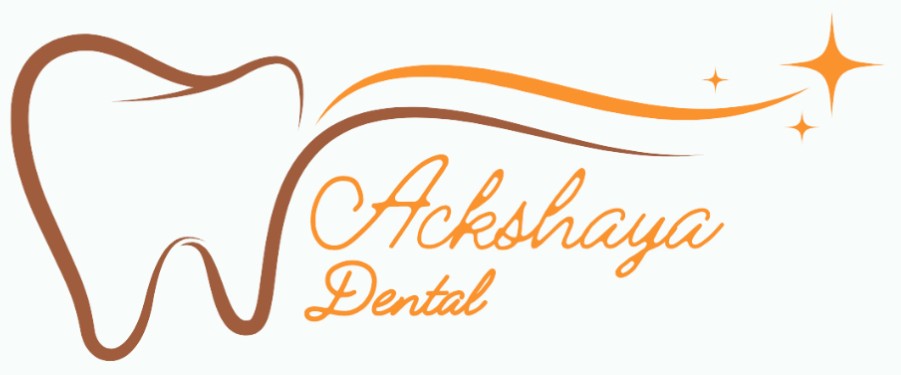Introduction
Choosing between invisible braces and traditional braces can feel confusing. Both options straighten teeth, but they work in different ways. In this guide, we compare Invisible Braces vs. Traditional Braces. We will look at how they work, their pros and cons, and which might be best for you. Whether you are an adult or a teen, this blog will help you make an informed choice.
What Are Invisible Braces?
Invisible braces, also called clear aligners, are a modern way to straighten teeth. They use clear plastic trays that fit over your teeth. You wear each set of trays for about two weeks before switching to the next set. Over time, these trays gently move your teeth into place. Because they are clear, most people will not notice you are wearing them. Popular brands include Invisalign and ClearCorrect.
What Are Traditional Braces?
Traditional braces use metal brackets and wires to move teeth. A dentist or orthodontist glues small metal brackets to your teeth. Then, a wire connects the brackets and applies gentle pressure. Over time, this pressure shifts your teeth into the right position. Sometimes, rubber bands or other parts are used to help with certain movements. Traditional braces are very common and have been used for many years.
Key Differences Between Invisible and Traditional Braces
Pros and Cons of Invisible Braces
Pros and Cons of Traditional Braces
Who Is a Good Candidate for Each?
Not everyone is a good fit for both types. For example, invisible braces work best for mild to moderate crowding or spacing. They are popular with adults who want a discreet option. Teens can use them too, but must be responsible about wearing them. On the other hand, traditional braces are better for complex cases. If you have severe bite problems or very crooked teeth, metal braces may be needed. Your dentist or orthodontist can help you decide which is best.
Cost Comparison
Cost is a big factor for many people. In the USA, traditional braces usually cost between $3,000 and $7,000. Invisible braces, like Invisalign, often range from $4,000 to $8,000. Prices can vary based on your location and how complex your case is. Some dental insurance plans cover part of the cost. Always check with your provider to see what is included.
Care and Maintenance Tips
Frequently Asked Questions
Conclusion and Next Steps
Both invisible braces and traditional braces can give you a straighter smile. Each has its own benefits and drawbacks. While invisible braces are discreet and easy to remove, traditional braces work for almost any case. In the end, your choice depends on your needs, budget, and lifestyle. Consult a licensed dentist or orthodontist to find out which braces option is best for your smile.

